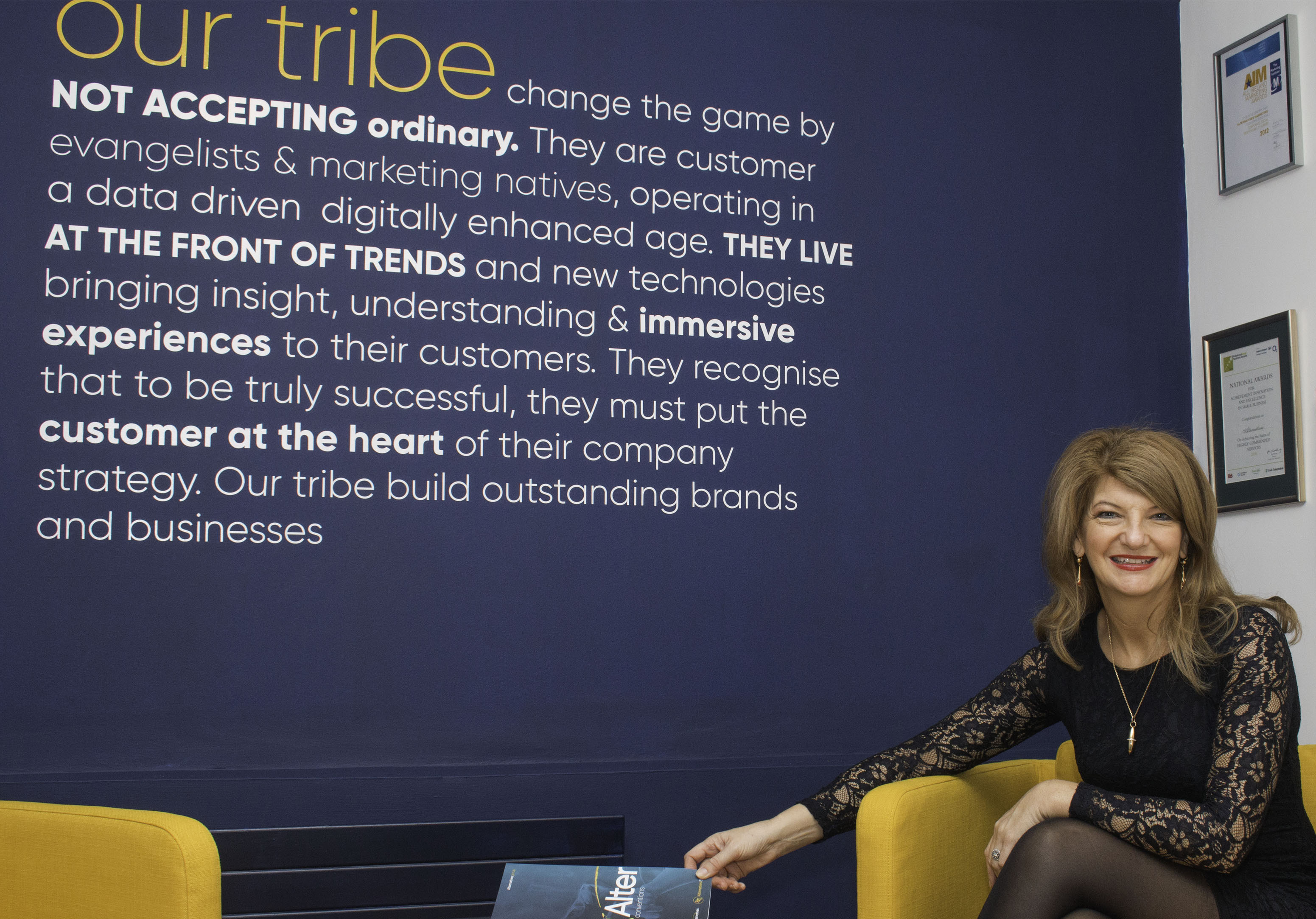The easy answer to this question is that it is much more complicated than it used to be. In addition, and in our experience, no structure is ever perfect and it requires constant tweaking and evolvution to ensure that the marketing function is spearheading customer communications that both relates to, excites and prompts customers to purchase.
In this post digital era it is easy to see how every business function has been impacted by the growth in technology, whether through automation, globalisation or simply greater efficiencies. In our opinion however, the greatest transformation has taken place within key Customer Facing functions, in the most part, and except for sales, dominated by our community of marketers, digital practitioners and data specialists.
“Mad Men to Math Men (& Women!)”
This phrase is one that aptly describes the evolving role of this community over the past 10-15 years as the traditional methods of marketing communications have been turned upside down. The following demonstrates the shift in thinking and process within the marketing function.The marketing function of 10-15 years ago included, in the main, Brand/Marketing Strategy; Campaign Management/Execution; Research & Insights; CRM/Loyalty; Communications and sometimes, Product Marketing.
Now, it is becomingly increasingly common to have less hierarchy and less clearly defined boundaries across marketing roles. A matrix (dotted line management structure) to encourage maximum collaboration and one that, in turn, reflects the customer journey is increasingly common. A matrix organisation is particularly applicable to global organisations who pull expertise from their international counterparts but also for large Irish companies with multiple functions involved in the customer journey, such as banks, utilities & telcos.
Moving digital away from a hot-housing environment is now welcomed
In this new world, we are seeing the full integration of digital across the business - a welcome move away from the previous hot-housing environment which had started to create unnecessary silos as well as duplication of effort within some organisations. However, it does mean that online marketing skills including social, content, performance, SEO, UX/UI & e-commerce skills are now more important than ever across all levels within the marketing function. The example set by a large financial services provider in putting their entire marketing team through a digital training course is an excellent one and shows a real commitment and understanding of the people who are at the forefront of customer communications.
Operating in a Customer First environment
In addition to the technical skills required in this highly complex world, we also now operate in a Customer First environment. The leading brands today recognise that not only is this a better way for organisations to think but VITAL if they seek to win the battle for customers’ attention and purse.
Obviously, the surge in demand for customer data analysts and scientists as well as customer experience professionals are a direct reflection of the need to understand and truly relate to customers, and personalisation has become a common goal for those with the ability to communicate directly with their consumers, particularly in real time. These data skills are finding a natural home within or, in close collaboration with, marketing as they can inform and provide key insights that considerably enhance customer communications, customer experience, proposition development and product marketing.
So, while Brand/Marketing strategy is still a VITAL part of any marketing structure the marketing team of 2017 requires several additional layers of expertise that interlink across the function. The following reflects this new world in which no one aspect of the marketing function can operate in isolation but relies heavily on full collaboration across the team.
We need to re-focus on strategic brand marketing skills
However, there is cause for some concern as organisations transform themselves into Customer First organisations. The “always on”, “me first” expectations of customers do impact on the nature of how marketing functions behave and think and we can all identify with these tactical behaviours.
And while this reactivity to customer demands may have a short term positive gain, the strategic skills of sustainable brand marketing are being left behind in some cases. We have seen a re-emerging demand for these strategic skills emerging this year as organisations realise they may have lost some of the traditional competencies associated with a more long-term, planned approach to marketing programmes.

Recently our Group MD Charley Stoney spoke at the Marketing Institute's CMO Summit in Dublin, check it out here.
